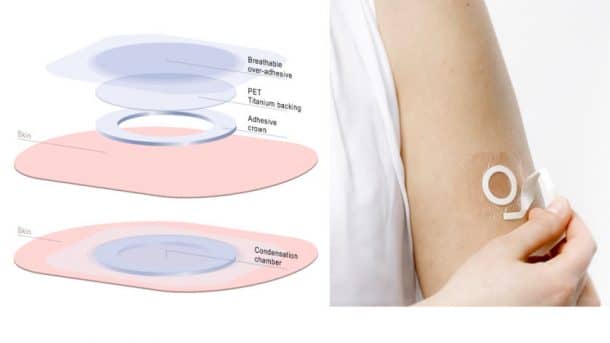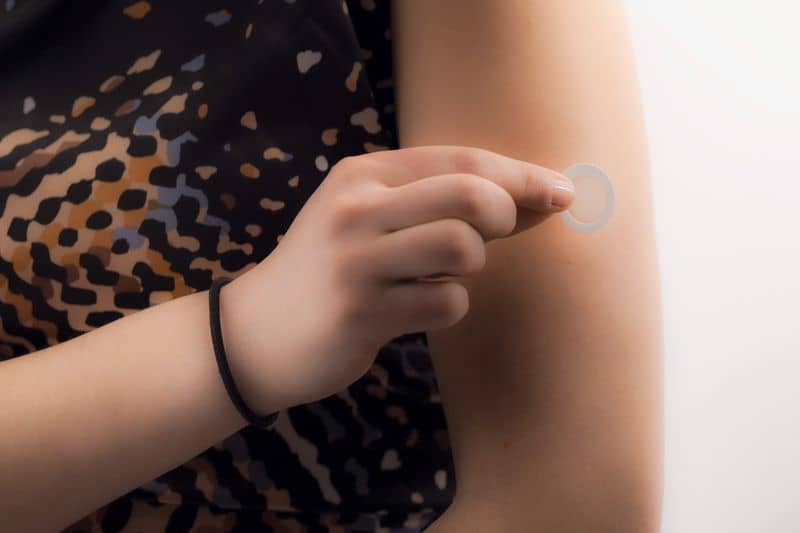Peanut allergy is not only one of the most common food allergies in the world, but it is also the most fatal. According to an estimate, 1.5 million children in the USA are allergic to peanuts. The allergic reactions range from mild itchiness to severe eczema, asthma and eventually death.
DBV Technologies, a French pharmaceutical firm, has invented a patch that lessens the severity of a peanut allergy. The stick-able patch delivers a drug through the skin that targets the immune system. The process is called epicutaneous immunotherapy. A peanut protein is sprayed on the inside of the patch which then travels to the immune system through the skin when you wear it. This way, the drug moves directly to immune system without making its way to the blood stream which would cause the allergic reaction to occur.

The ‘desensitization’ process is the conventional techniques used for treating allergies. It introduces small amounts of allergens to the body but when we consider the severity of a peanut allergy; the traditional method seems very risky.

The company presented the new data at the American Academy of Allergy, Asthma and Immunology conference which showed the success of the patch. The results revealed that after wearing the patch for three years; 83% of the children, ranging from 6 to 11 years of age, that participated in the trial could eat 1000 milligrams of peanuts without triggering an allergic reaction. That is 10-times the amount of peanut that the participants could handle when they first joined the trial. Though the phase two data incorporated the patients aged till 55 years, the results showed that the patch works best on children. In another trial, DBV tested the patch on kids aged 4-11 years, the results of both these tests together might lead to FDA approval of the patch.
The company is working on allergies beyond peanuts which includes common food allergens like milk and eggs, and even nonfood allergies, relating to asthma.
We would appreciate your feedback in the comments’ section below!


